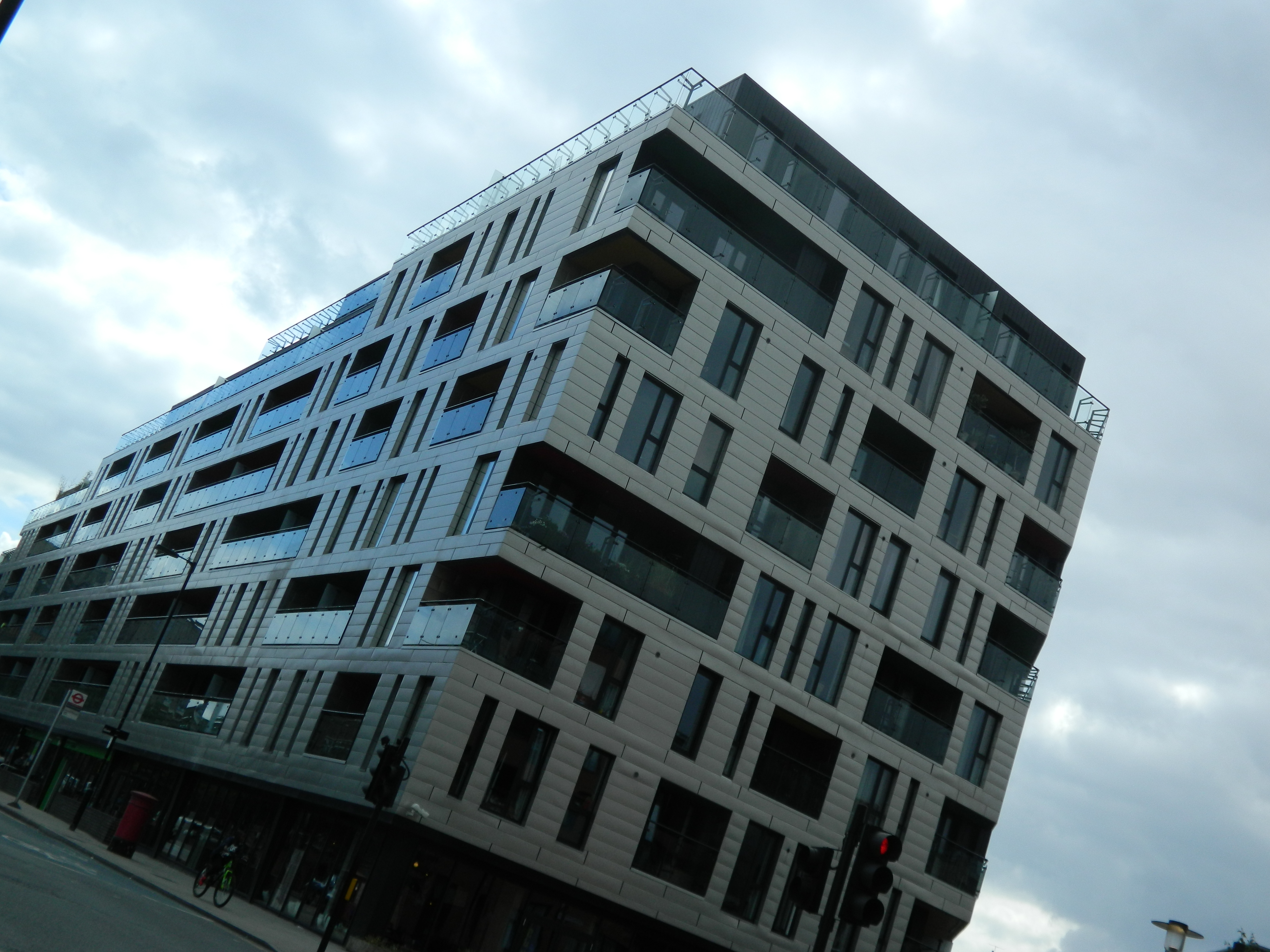
December 2018
London has historically been a low-rise city of terraced houses and private gardens, but if it is to accommodate its rapidly growing population without impinging on the Green Belt (as Mayor Sadiq Khan has promised), then new homes must necessarily be built at higher densities. This densification is recognised as inevitable and indeed is an explicit policy target. Densification is an important way to address today’s housing challenges, but we should not lose sight of the future. The homes we build now will probably still be occupied in 2070 and perhaps in 2170–how can we ensure they work for Londoners now and in the long term?
Since 2016, a team of researchers from LSE London and LSE Cities has been looking into the experience of residents living in high density housing in London. The research, part-funded by the GLA, involved case studies of 14 schemes. Eleven were new(ish), including East Village (Stratford), Barking Central and Greenwich Creekside; we also looked at three older estates for comparison. We wanted to know what it’s like to live in high-density schemes, and were interested in how people’s experience is shaped by tenure, life stage, and whether they have children. What factors, we wondered, make individual dwellings and developments perform well or badly? Do such homes suit some households better than others?
We used a range of methods to find out, conducting surveys and focus groups with residents, interviewing developers and managers, and observing people’s activities and interactions in public areas. Some of the findings we found interesting:
Physical characteristics of the homes
Certain issues came up again and again: many residents said their homes were too noisy, either from inside (noise transmission through walls, floors or ventilation) and/or from outside (especially traffic and train noise, but also sounds from external courtyards or neighbours’ balconies). We heard that many new homes were too hot, and that they had very little storage.
Community
Creating a vibrant community takes time, and as expected we found that those who had lived in the same place for years (mostly residents of the older estates, which are all in Pimlico) knew more people locally than those living in new schemes. Private renters in new schemes appeared to be less engaged with their local communities than social tenants or owner-occupiers. Interestingly, many respondents in the newer schemes told us that having hyper-local connections was not a priority: younger people especially said they were comfortable with having friendship networks across London.
Family living
All the schemes had some facilities for children, but most of our respondents weren’t parents. Social tenants were much more likely than owner-occupiers or private tenants to have children. Some focus group participants said they wouldn’t want to raise a family in a flat and expected to move to a house with a garden when they had children. Those who did have kids said lack of storage space—especially for big items like pushchairs—was a particular challenge.
Master planning and outdoor space
In general, the big master-planned schemes had the happiest residents. These developments often centre on generous public realm; by contrast, some schemes on more constrained sites felt ‘squeezed in’. All the case studies offered outdoor amenity space for residents: some provided attractively landscaped areas, well integrated with the residential blocks and with thoughtfully placed seating; in others the outdoor space was difficult to access, heavily overlooked, shaded and/or bleakly paved. Unsurprisingly such areas were little used by residents.
While our research has provided much new information, it has also raised some fundamental questions:
- Should we insist that high-density schemes include family-sized homes, even though few families with children choose to live in them?
- Could we build flexible units, whose configuration could change to suit growing or shrinking households?
- Can a sense of community be engineered in new high-density housing, or must it grow organically over years or decades?
- Should we channel high-density development to sites large enough to enable proper master planning?
As policy-focused researchers we want our work to feed into practice and are now working to produce a set of recommendations for high-density housing that works for Londoners now and in the long term. Through Spring 2019 we will be holding a series of events, seminars and site visits–if you are interested in being involved please contact Fanny Blanc (f.blanc@lse.ac.uk) and Tim White (T.White2@lse.ac.uk).
You can read a summary of our research findings, and our full report for the GLA.





